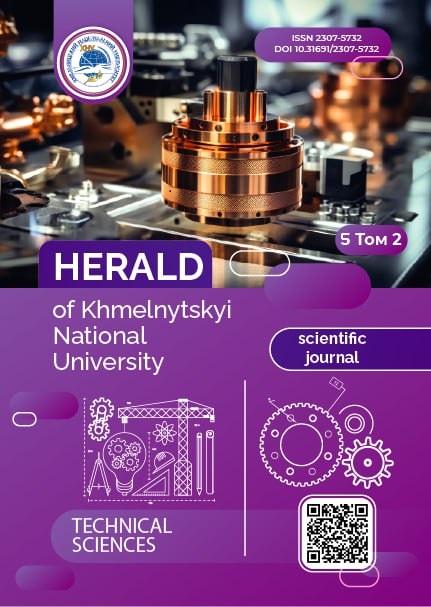ASPECTS OF IMPROVING THE EFFICIENCY OF PHOTOVOLTAIC SYSTEM OPERATION: A REVIEW OF CONVERTER TOPOLOGY APPLICATION TRENDS
DOI:
https://doi.org/10.31891/2307-5732-2025-357-87Keywords:
photovoltaic, inverter, converter, topologyAbstract
This article presents a review of trends related to the development of power electronic converters used in renewable energy systems. The main focus is on the use of power converters to enhance the performance and commercial appeal of photovoltaic (PV) systems. The structure of photovoltaic inverters and their role in ensuring efficient energy conversion from PV systems are analyzed. The review covers existing transformer-based and transformerless converter topologies, modulation strategies, as well as key operational aspects and application features in PV systems with various architectures. The review of development trends and the application of existing inverter topologies suggests that the use of transformerless current (or voltage) converter topologies is one of the modern approaches to increasing the commercial attractiveness of high-power grid-connected PV systems and small-scale single-phase PV systems. Multilevel inverter topologies are considered an effective solution for high-power PV systems, while microinverter technology (both multilevel and single-stage) is viewed as promising for small-scale PV applications. Based on the analysis of the main PV inverter topologies, key directions for improving the energy conversion efficiency from PV systems have been identified. The primary tasks for the effective implementation of transformerless topologies include: reducing energy losses during conversion; improving methods for eliminating leakage currents and minimizing harmonic distortions; and minimizing the number of switching elements involved in the conversion process to increase the reliability and performance of converters.
Downloads
Published
Issue
Section
License
Copyright (c) 2025 ОЛЕКСАНДР КОЛЛАРОВ, ЛЮДМИЛА ДАВИДЕНКО, ВОЛОДИМИР ДАВИДЕНКО, НІНА ДАВИДЕНКО (Автор)

This work is licensed under a Creative Commons Attribution 4.0 International License.

